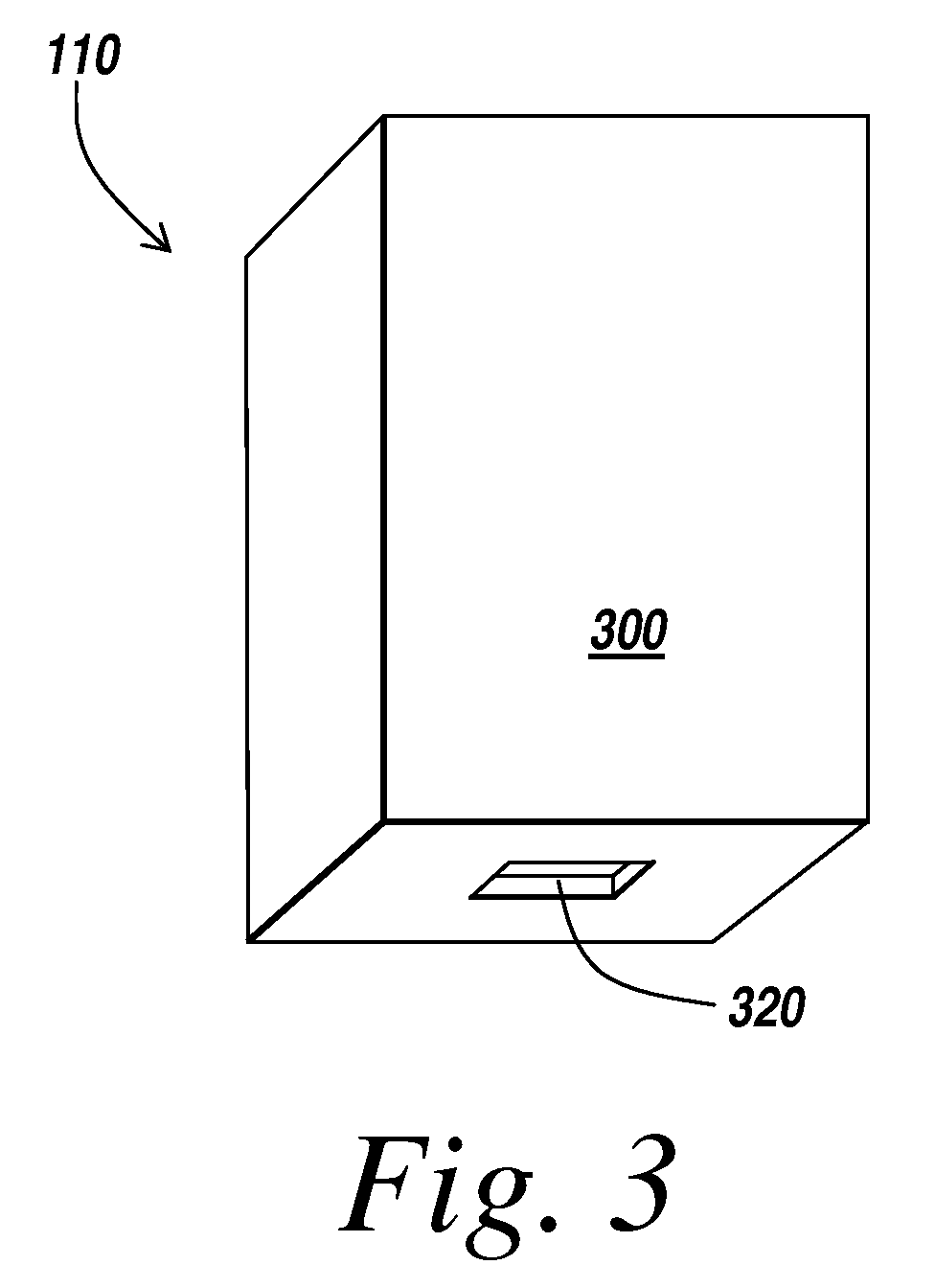Ultrasonic compliance zone system
a compliance zone and ultrasonic technology, applied in the direction of electrical signalling details, mechanical actuation of burglar alarms, instruments, etc., can solve the problems of multipath interference, difficult enforcement of hand hygiene protocols, and even simple protocols, so as to mitigate the problem of multipath interference and communicate reliably
- Summary
- Abstract
- Description
- Claims
- Application Information
AI Technical Summary
Benefits of technology
Problems solved by technology
Method used
Image
Examples
example featuring
VII. Hospital Example Featuring Timeout Protocol
[0137]Another exemplary use of the system in accordance with the present invention is in recording and enforcing a timeout protocol in an operating room before the beginning of a surgical procedure. During a timeout protocol, good practice dictates that all hospital staff participating in the surgical procedure, e.g. surgeon, nurses, anesthetist, etc, pause to make sure that the correct patient is about to get the correct surgical procedure. During a timeout protocol, a staff-member announces the start of the protocol and reads aloud the patient's name and details of the surgical procedure. The timeout protocol prevents avoidable surgical errors by allowing a hospital staff-member to speak up if he / she does not agree on the patient's identity or on the details of the surgical procedure. Timeout protocols are difficult to enforce in practice, as staff-members often continue to work during the protocol and fail to pay attention to the in...
PUM
 Login to View More
Login to View More Abstract
Description
Claims
Application Information
 Login to View More
Login to View More - R&D
- Intellectual Property
- Life Sciences
- Materials
- Tech Scout
- Unparalleled Data Quality
- Higher Quality Content
- 60% Fewer Hallucinations
Browse by: Latest US Patents, China's latest patents, Technical Efficacy Thesaurus, Application Domain, Technology Topic, Popular Technical Reports.
© 2025 PatSnap. All rights reserved.Legal|Privacy policy|Modern Slavery Act Transparency Statement|Sitemap|About US| Contact US: help@patsnap.com



